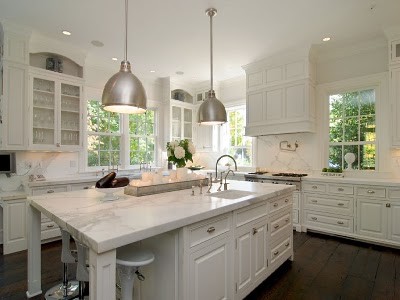Important Factors to Consider When Picking Legs For Kitchen Area Island
Choosing the appropriate legs for a kitchen area island entails a cautious analysis of multiple aspects that can significantly influence both capability and aesthetic charm. As we discover these elements, it ends up being clear that each choice can have significant ramifications for the total kitchen experience.
Material Options
When picking legs for a kitchen island, understanding the different product alternatives is important for accomplishing both visual allure and structural integrity (Legs For Kitchen Island). The option of product dramatically influences not only the sturdiness of the island yet additionally its overall design and performance
Steel legs, commonly made from stainless steel or functioned iron, contribute a industrial and modern-day feeling while making certain longevity and security. These products are resistant to use and can support substantial weight, making them ideal for bigger islands.
An additional choice is engineered materials, like MDF or plywood, which can be extra cost-efficient while still using a series of surfaces. They may not give the very same degree of security as solid wood or metal. Legs For Kitchen Island. Finally, products such as acrylic or glass can create a contemporary appearance, though they may require added support to guarantee security.
Inevitably, the choice of product for kitchen area island legs need to line up with the desired capability and the overall motif of the kitchen area.
Design and Style

When taking into consideration design, the form and surface of the legs are essential. Conical legs can give a feeling of agility and sophistication, while thicker, a lot more robust legs can convey strength and stability. Additionally, the coating-- be it repainted, discolored, or natural-- ought to complement the kitchen cabinetry and kitchen counter products to produce a unified look.
Furthermore, the design of the legs can additionally mirror personal taste. Custom or attractive legs, such as those including complex carvings or unique geometric forms, can offer as prime focus, including personality and character to the kitchen. Inevitably, the ideal option will not just improve functionality yet likewise elevate the visual appeal, making the kitchen island a standout attribute of the home.
Height Considerations
Picking the suitable height for cooking area island legs is important, as it directly affects both functionality and convenience. The conventional height for a kitchen area island generally varies from 36 to 42 inches, lining up with usual counter top elevations. A 36-inch height is ideal for food prep work and cooking, permitting comfortable use cooking area home appliances and devices. On the other hand, an elevation of 42 inches is over at this website frequently favored for islands intended for bar seats, fitting taller stools and using an informal dining experience.

It is likewise important see it here to make up individuals' heights and choices. Personalizing the height can make sure a comfortable experience for all member of the family, making the cooking area island a much more pleasurable and useful area.
Weight Support
Making sure adequate weight support for kitchen island legs is essential for both safety and capability. The kitchen island usually serves numerous purposes, consisting of cooking, dining, and added storage, requiring a durable support structure. When picking legs, it is essential to take into consideration the overall weight capability called for based on the island's meant usage and the products that will be put on it.
The selection of material for the legs plays a considerable function in their weight-bearing capacities. Solid wood, steel, and sturdy composites typically give superior stamina contrasted to lighter products. In addition, the design of the legs-- whether they are directly, tapered, or have a pedestal type-- can affect their capacity to distribute weight efficiently across the framework.
Constantly speak with the supplier's requirements pertaining to tons restrictions to ensure that the legs can sustain the desired weight without endangering security. In summary, selecting kitchen area island legs with ample weight assistance anchor is necessary for producing a useful and risk-free culinary space.
Installment and Upkeep
Appropriate installation and maintenance of cooking area island legs are crucial for making certain durability and security. This typically entails protecting the legs to the island base making use of suitable bolts, ensuring that the legs are level and straightened.
Once set up, normal maintenance is needed to preserve the stability and look of the legs - Legs For Kitchen Island. For wooden legs, regular cleansing with a wet cloth and application of appropriate timber polish can avoid dampness damages and maintain their surface. Steel legs might require a gentle cleansing remedy to remove grease and gunk, adhered to by a dry cloth to stop corrosion development
Furthermore, evaluate the legs regularly for signs of wear or damage, such as cracks or loose joints. Tightening screws or bolts as needed can also prolong the lifespan of the legs. By adhering to these installment and upkeep techniques, home owners can ensure that their cooking area island continues to be tough and aesthetically appealing for several years ahead.
Verdict

Aesthetic coherence is critical in choosing the style and style of legs for a kitchen area island, as these components greatly affect the total setting of the room. Conical legs can give a feeling of agility and style, while thicker, more robust legs can convey strength and security.Picking the appropriate elevation for cooking area island legs is crucial, as it straight influences both capability and convenience. In recap, choosing kitchen area island legs with sufficient weight support is important for creating a safe and functional cooking area.
In conclusion, selecting legs for a kitchen island demands mindful consideration of various factors, consisting of product choices, style, elevation, weight assistance, and setup.